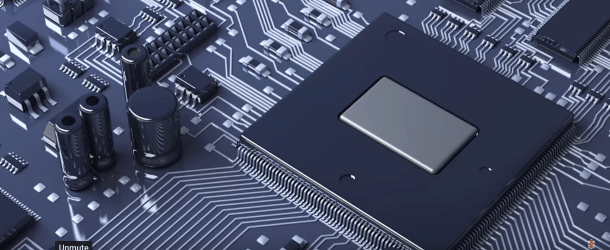‘Verification Protocol’ Announced to Enable a Quantum Computer to Check Its Own Answers

(ZDNet) A ‘verification protocol’, a new tool creating a protocol that allows a quantum computer to check its own answers to difficult problems has been announced by the University of Warwick. The ‘verification protocol’ tackles the root cause of error in quantum computing: noise. Caused by random factors such as flaws of fabrication or fluctuations of temperature, noise is any quantum physicist’s nemesis – because it is the reason that quantum computers are so error-prone.
By checking that the noise affecting a computer is below a certain level, therefore, scientists could make sure that their calculations are solved accurately.
‘Verification Protocol’ for Quantum Computer Can be Simulated on a Classical Computer
The lead author on the paper Samuele Ferracin explained that you have to imagine a quantum calculation as a complicated circuit made of gates, wires, measurements, and so on. The tool he developed with his team draws several alternative versions of a given circuit, which are similar to the original calculation, but can all be simulated on a classical computer. The protocol creates easier calculations called “trap circuits”, which are nevertheless reflective of the noise happening inside the original quantum circuit.
New Test from U of Warwick to Identify Quantum Coherence



















